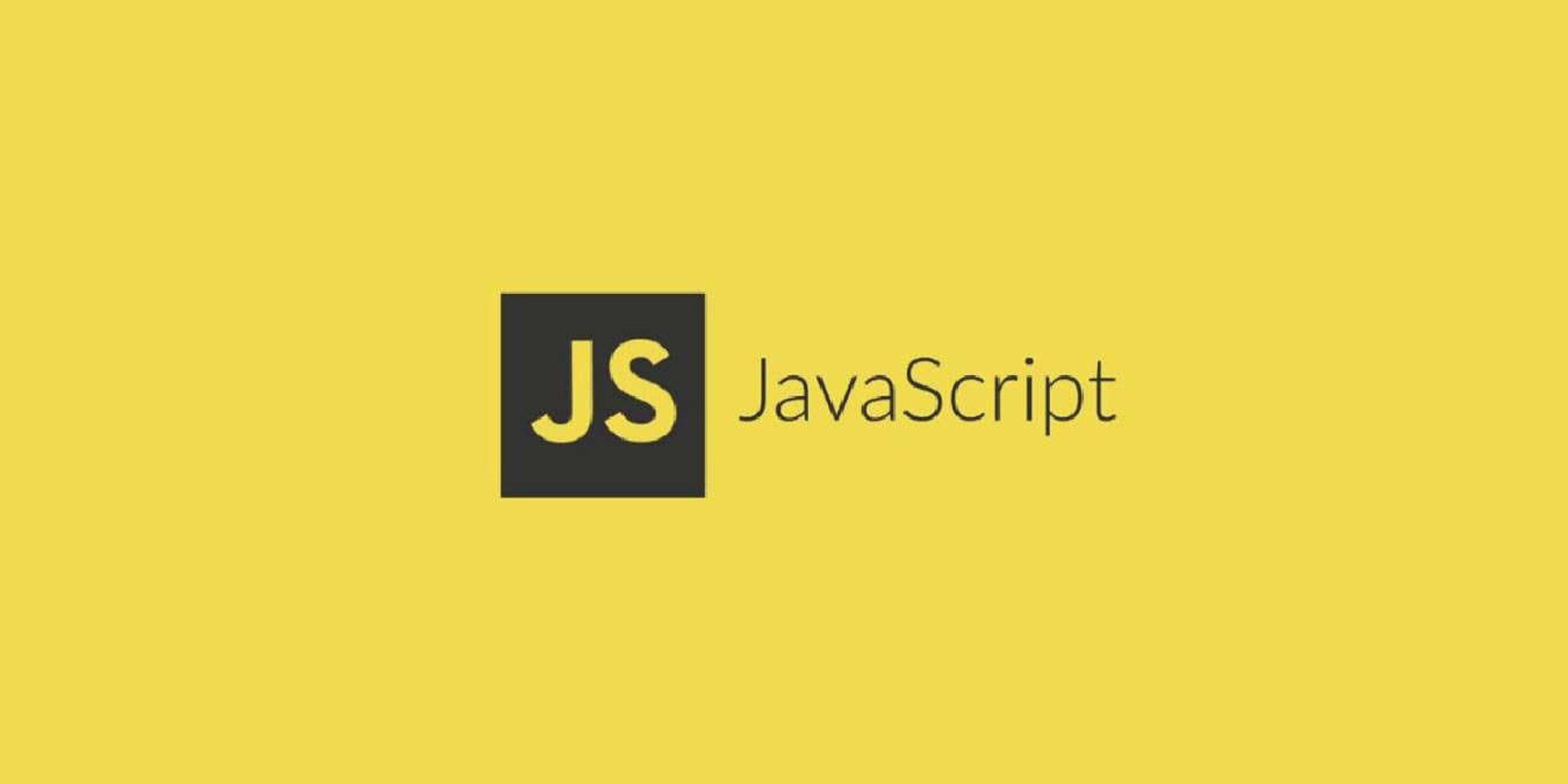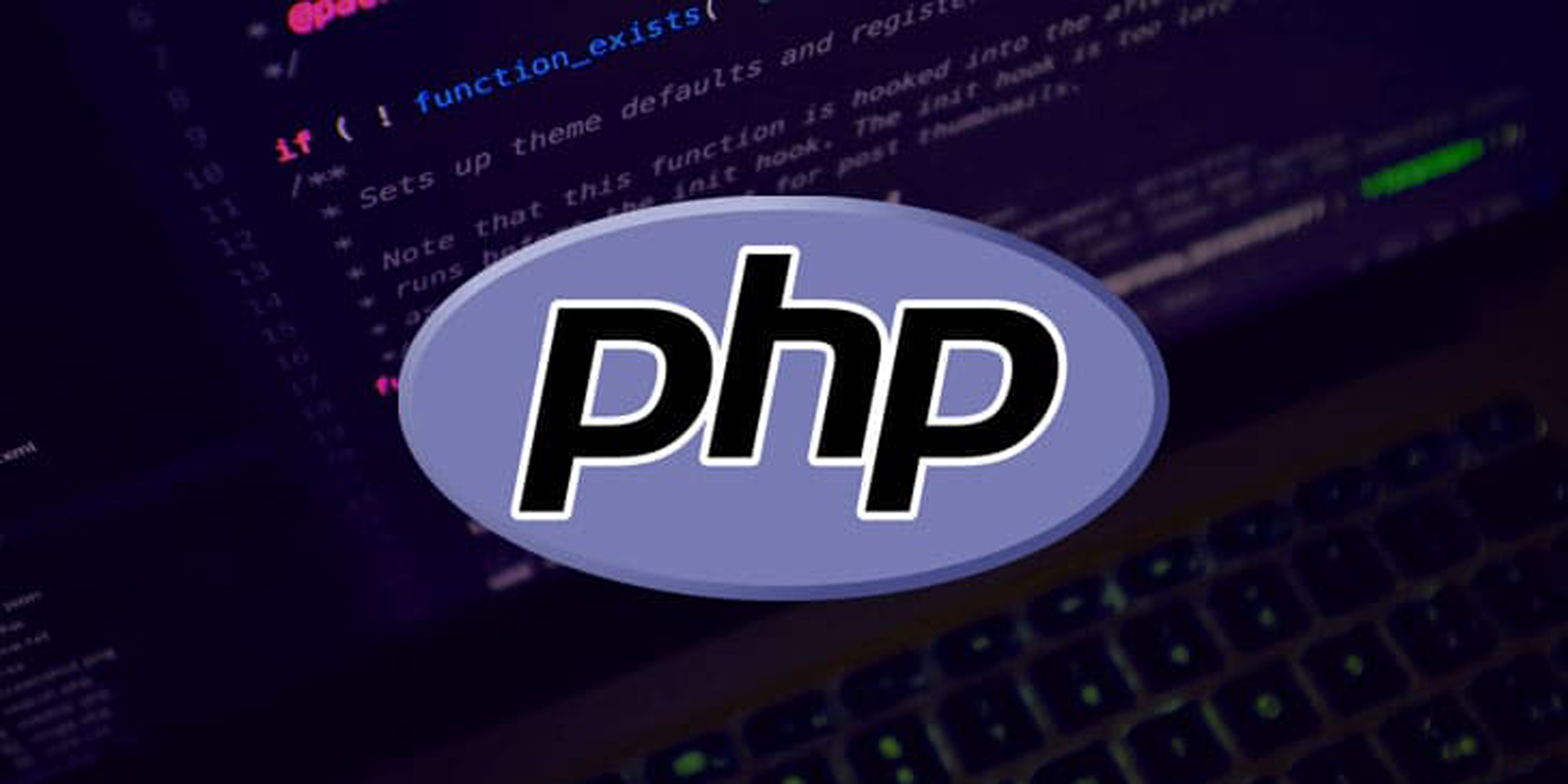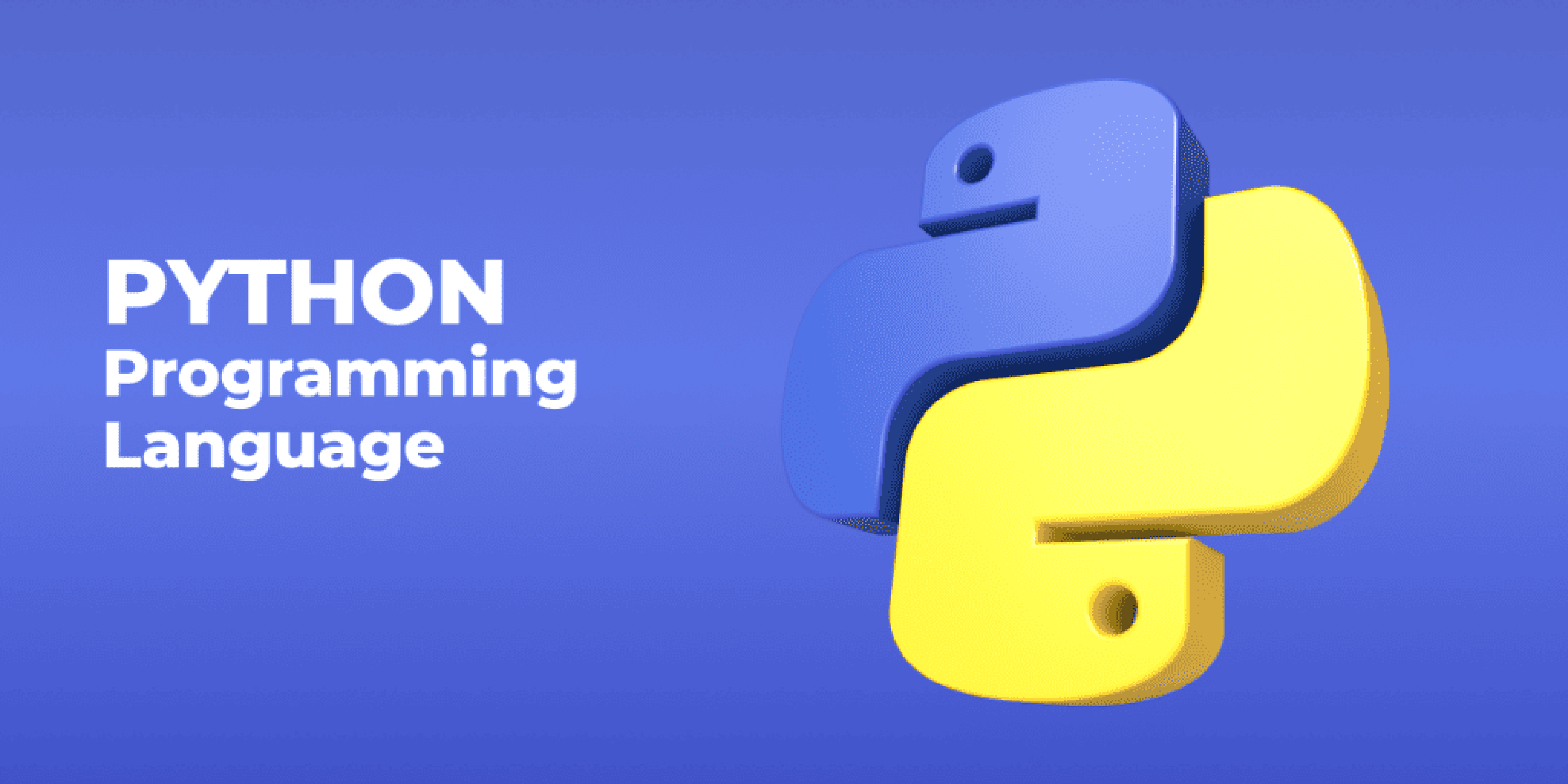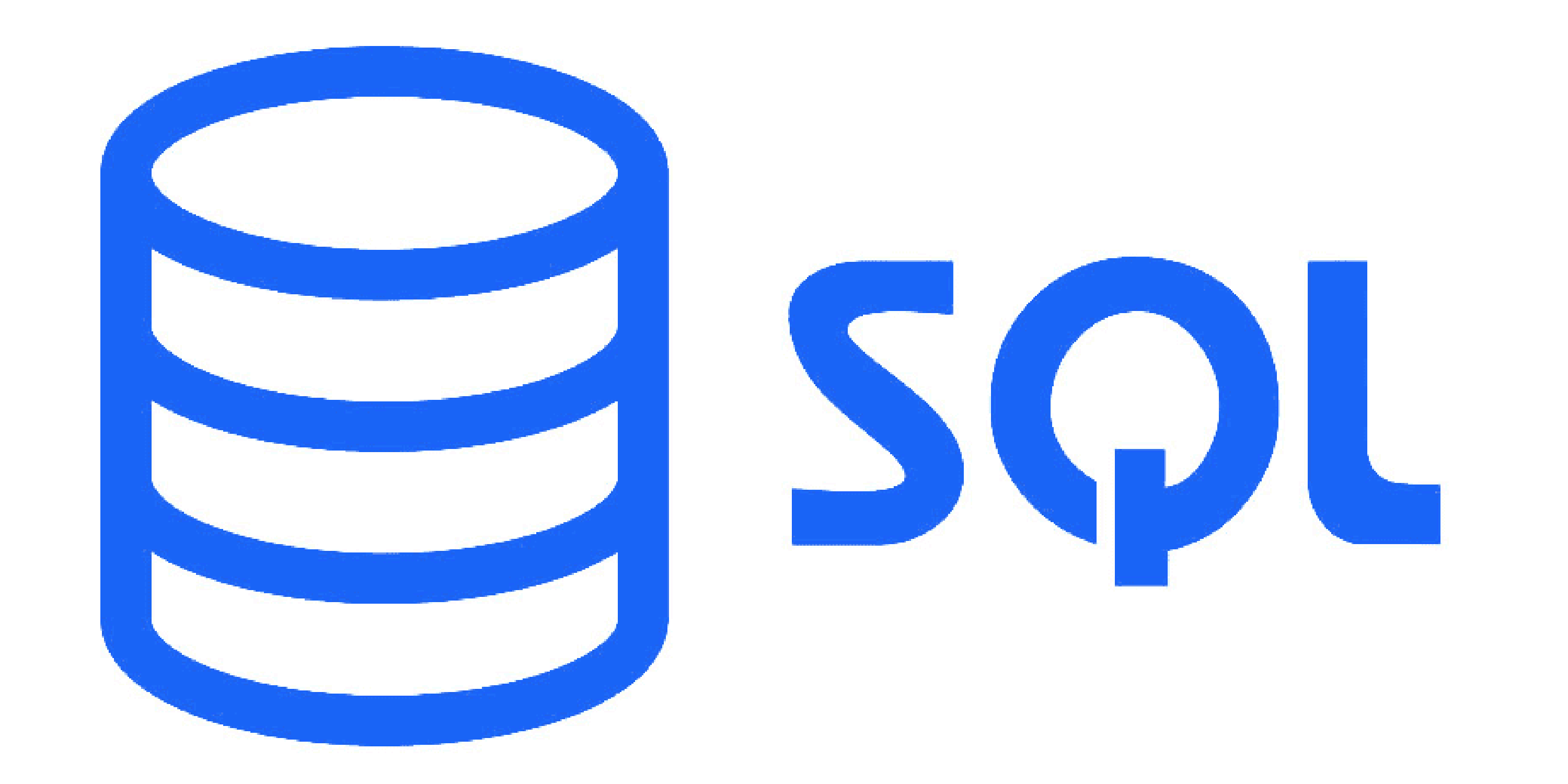Directory
/
C is a general-purpose, procedural programming language developed by Dennis Ritchie at Bell Laboratories in the early 1970s. It was initially designed for system programming, particularly for developing the UNIX operating system.
Key characteristics of C:
- Mid-level language:C offers a balance between high-level language features and low-level memory access, providing control over hardware resources while maintaining readability.
- Procedural:Programs are organized into functions or procedures, emphasizing a sequential execution flow.
- Structured programming:It supports structured programming constructs like loops, conditional statements, and functions, promoting clear and organized code.
- Efficiency and performance:C is known for its speed and efficiency, making it suitable for performance-critical applications.
- Portability:C programs written according to the C standard can be compiled and run on various platforms with minimal modifications.
- Foundation for other languages:
Many modern programming languages, including C++, C#, and Java, have derived concepts and syntax from C.
Applications of C:
Operating systems: Kernels and core components of operating systems like UNIX, Linux, and Windows are written in C.
System programming: Development of device drivers, compilers, interpreters, and utility programs.
Embedded systems: Programming microcontrollers and embedded devices due to its low-level capabilities and efficiency.
Game development: Used in game engines and performance-critical parts of games.
Databases: Implementation of database systems and their components.

C++ is a general-purpose, multi-paradigm programming language developed by Bjarne Stroustrup as an extension of the C language. It is often referred to as “C with Classes” due to its introduction of object-oriented programming (OOP) concepts, which are not present in C.
Key characteristics and features of C++ include:
- Object-Oriented Programming (OOP):C++ supports core OOP principles such as classes, objects, inheritance, polymorphism, abstraction, and encapsulation, which promote modularity, reusability, and maintainability of code.
- Middle-Level Language:It combines features of both high-level languages (like OOP and generic programming) and low-level languages (like direct memory manipulation), offering a high degree of control over system resources and performance.
- Performance:C++ is known for its efficiency and speed, making it suitable for developing high-performance applications, system software, game engines, and embedded systems.
- Portability:Applications developed in C++ can be adapted to run on various platforms, including Windows, macOS, and Linux, with minimal modifications.
- Standard Library:C++ comes with a rich standard library that provides a wide range of functionalities, including data structures, algorithms, input/output operations, and more.
- Memory Management:It allows for manual memory management using pointers and dynamic memory allocation, providing fine-grained control over memory usage.
- Multi-Paradigm:C++ supports various programming paradigms beyond object-oriented, including procedural, functional, and generic programming, offering flexibility in development approaches.

- Platform Independence (WORA – Write Once, Run Anywhere):Java code is compiled into bytecode, which can then be executed on any device or operating system that has a Java Virtual Machine (JVM) installed, without the need for recompilation. This makes Java highly portable.
- Object-Oriented:Java follows the object-oriented programming paradigm, emphasizing concepts like encapsulation, inheritance, and polymorphism for structured and modular code development.
- General-Purpose:Java’s versatility allows it to be used for diverse applications, including desktop applications, web applications (using frameworks like Spring and Jakarta EE), Android mobile applications, enterprise systems, and big data technologies.
- Robust and Secure:Java incorporates features like automatic garbage collection and strong type checking, contributing to its robustness. Its security features make it suitable for network-centric applications.
- Large Ecosystem:Java benefits from a vast and active community, extensive libraries, frameworks, and development tools, making it a powerful and well-supported language for developers.

- Client-side scripting:Originally, JavaScript was predominantly used on the client-side, meaning it runs directly within a user’s web browser. This enables features like interactive forms, animations, dynamic content updates, and user interface enhancements without requiring page reloads.
- Server-side scripting:With the advent of Node.js, JavaScript can now also be used on the server-side, allowing developers to build full-stack applications using a single language. This enables server-side logic, database interactions, and API development.
- Versatility:Beyond web development, JavaScript is also used in various other domains, including mobile app development (with frameworks like React Native), desktop applications (with Electron), game development, and even in areas like virtual reality (VR) and artificial intelligence (AI) with specialized libraries and frameworks.
- Dynamic and flexible:JavaScript is a dynamic language, supporting various programming paradigms including object-oriented, procedural, and functional programming. It is also weakly typed, meaning variable types are determined at runtime.
- Interpreted:JavaScript code is typically interpreted by a JavaScript engine (like V8 in Chrome or SpiderMonkey in Firefox) rather than being compiled into machine code beforehand. This allows for quick execution in the browser environment.
- Event-driven:JavaScript often utilizes an event-driven model, where code execution is triggered by specific events, such as user clicks, form submissions, or page loading. In essence, JavaScript empowers developers to bring web pages to life, enabling responsiveness, interactivity, and complex functionalities that go beyond static content.

- Server-Side Scripting:PHP code is executed on the web server, unlike client-side languages like JavaScript which run in the user’s browser. The server processes the PHP script and sends the resulting HTML, CSS, and JavaScript to the client.
- Dynamic Content Generation:PHP excels at generating dynamic web page content, enabling features like user authentication, database interaction, form handling, and session management.
- Database Integration:It supports a wide range of database platforms, including MySQL, PostgreSQL, SQLite, and MongoDB, facilitating efficient data handling and management for web applications.
- Platform Independence:PHP can run on various operating systems, including Windows, Linux, and macOS, and is compatible with popular web servers like Apache and Nginx.
- Ease of Embedding:PHP code can be seamlessly embedded within HTML files, allowing developers to integrate server-side logic directly into their web page structure.
- Frameworks:Several popular PHP frameworks like Laravel, Symfony, and CodeIgniter provide structured approaches and pre-built components to streamline web development.
- Creating and managing user accounts and login systems.
- Processing and validating data submitted through web forms.
- Interacting with databases to store, retrieve, and modify information.
- Generating dynamic content based on user input or database queries.
- Implementing e-commerce functionalities like shopping carts and order processing.

- Interpreted:Python code is executed line by line by an interpreter, eliminating the need for a separate compilation step. This facilitates rapid development and testing.
- High-level:It abstracts away low-level details of computer architecture, allowing developers to focus on problem-solving.
- Object-Oriented:Python supports object-oriented programming (OOP) paradigms, organizing code around objects and classes. It also supports procedural and functional programming.
- Dynamic Typing:Variables do not need explicit type declarations, and their types are determined at runtime.
- Extensive Standard Library:Python boasts a large and comprehensive standard library that provides modules and functions for various tasks, reducing the need to write code from scratch.
- Versatility:Python is used in a wide range of applications, including web development (with frameworks like Django and Flask), data science and machine learning (with libraries like NumPy, Pandas, and scikit-learn), automation, scientific computing, and more.
- Portability:Python code can run on various operating systems, including Windows, macOS, and Linux, without significant modifications.
- Readability and Simplicity:Its syntax emphasizes readability, making it easier to write, understand, and maintain code.
- Beginner-Friendly:The straightforward syntax and extensive resources make it an ideal language for beginners.
- Large Community and Ecosystem:A vast and active community provides support, and a rich ecosystem of third-party libraries and frameworks extends its capabilities.
- Increased Productivity:The rapid development cycle and extensive libraries contribute to higher developer productivity.

- Data Definition Language (DDL):Used for defining and managing the structure of a database, including creating, altering, and dropping tables, views, and other database objects. Examples include
CREATE TABLE,ALTER TABLE, andDROP TABLE. - Data Manipulation Language (DML):Used for manipulating data within the database, such as inserting new records, updating existing ones, and deleting records. Examples include
INSERT,UPDATE, andDELETE. - Data Query Language (DQL):Used for retrieving data from the database based on specified criteria. The primary command for this is
SELECT. - Data Control Language (DCL):Used for managing database access and permissions, including granting and revoking privileges to users. Examples include
GRANTandREVOKE.
- Data storage and retrieval in web applications and enterprise systems.
- Data analysis and reporting for business intelligence.
- Managing customer information and sales data.
- Supporting real-time applications like fraud detection and recommendation systems.



